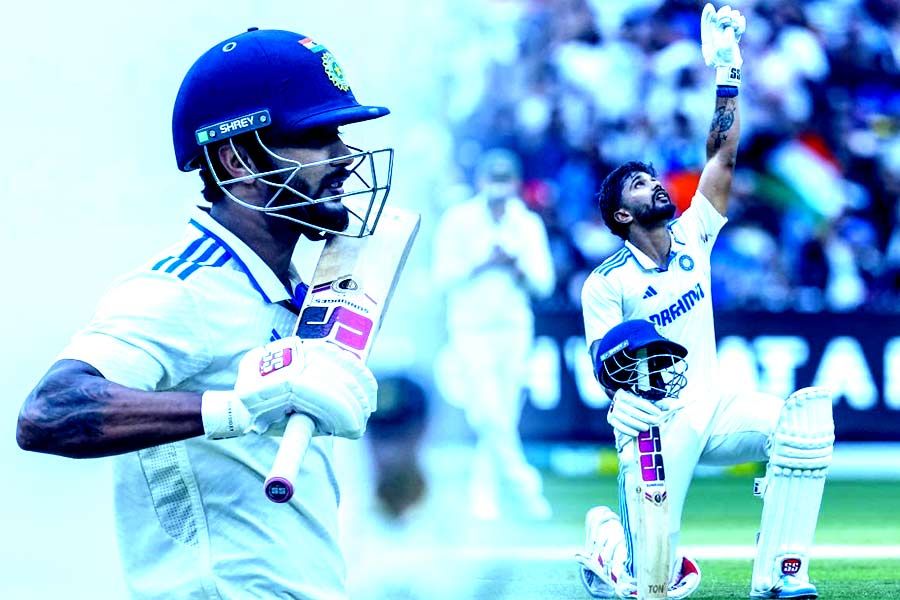
Tests may be cricket’s hardest format, but the ICC Men’s Cricket World Cup remains its grandest stage. Since 1975, cricketing greatness and the World Cup have had an inseparable relationship, with many of the sport’s finest talents immortalising their legacy through a combination of excellence and consistency. As the latest edition of the World Cup approaches its nail-biting final stages, My Kolkata selects the World Cup’s all-time best XI, including the likes of Glenn McGrath, Yuvraj Singh and Clive Lloyd
Getty Images
Adam Gilchrist (Australia): Gilchrist’s introduction to the World Cup in 1999 brought an air of tempered confidence and finesse into the Australian side. Going on to win three titles in 1999, 2003 and 2007, Gilcrhist was a man of different gravy on the biggest stage, scoring half-centuries in the ’99 and ’03 finals against Pakistan and India, respectively, and crowning his run in 2007 with a swashbuckling 149 off 104 balls against Sri Lanka in Bridgetown. With a squash ball logged in his left glove, Gilly signed off by squashing Sri Lankan hopes in sublime fashion. Arguably the best-ever wicket-keeper batter to have graced the game, Gilchrist’s 1,085 runs at the World Cup were complemented by 52 dismissals behind the stumps
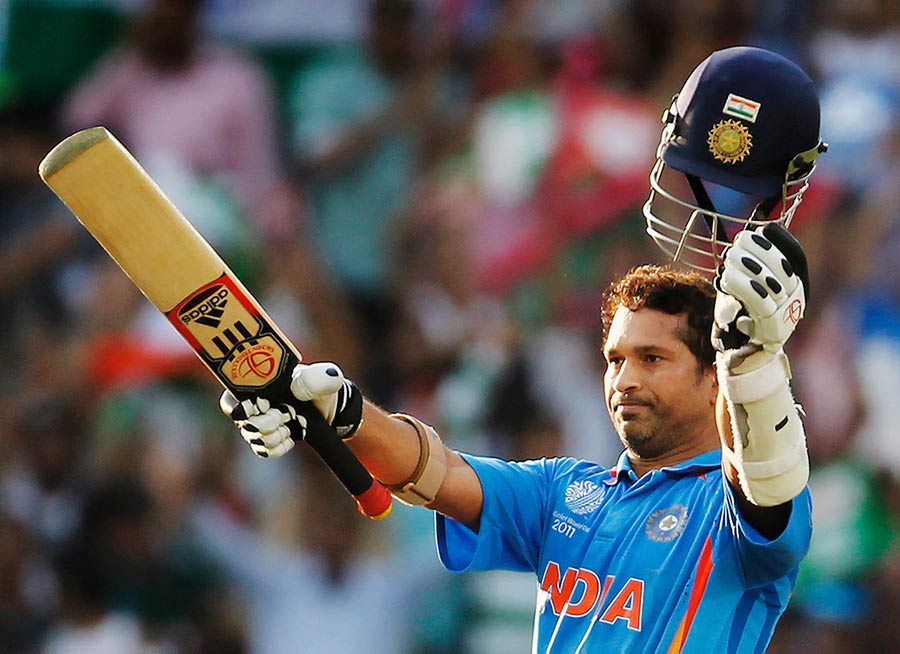
Sachin Tendulkar (India): Nobody has played more World Cups, scored more World Cup runs or top-scored at more World Cup editions than Tendulkar, who finally got his hands on the most elusive trophy of his career in his home city of Mumbai in 2011. Averaging 56.95 with 2,278 runs to his name, the Little Master’s stats tell their own tale. But Tendulkar and the World Cup are defined by more than just numerical supremacy. Think back to his scintillating innings against Pakistan at Centurion in 2003 and his far more subdued effort against the same opposition eight years later in Mohali, and the emotional impact of Tendulkar at World Cups becomes clear. While 2003 and 1996 were the most prolific editions for Tendulkar, it was in 2011 that his World Cup legacy was sealed, as an entire nation played and prayed for one man
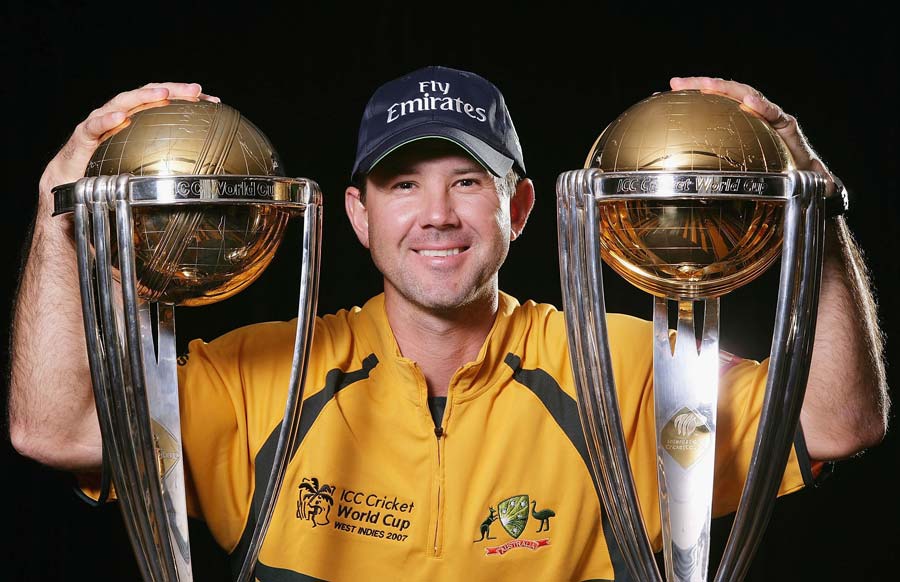
Ricky Ponting (Australia): Nobody captured the Australian spirit of aggression and invincibility at World Cups better than Ponting, who played in four editions, winning three and leading his country to two of those triumphs. Amassing more than 1,700 runs in World Cup cricket (just behind Tendulkar on the all-time list), Ponting was arguably Australia’s most vital player during their unbeaten streak of 27 World Cup matches between 1999 and 2011. With an average of 45.87, Punter always rose to the occasion, with his finest hour coming in the 2003 final in Johannesburg, when a jaw-dropping knock of 140 against India made him and the Kangaroos unstoppable
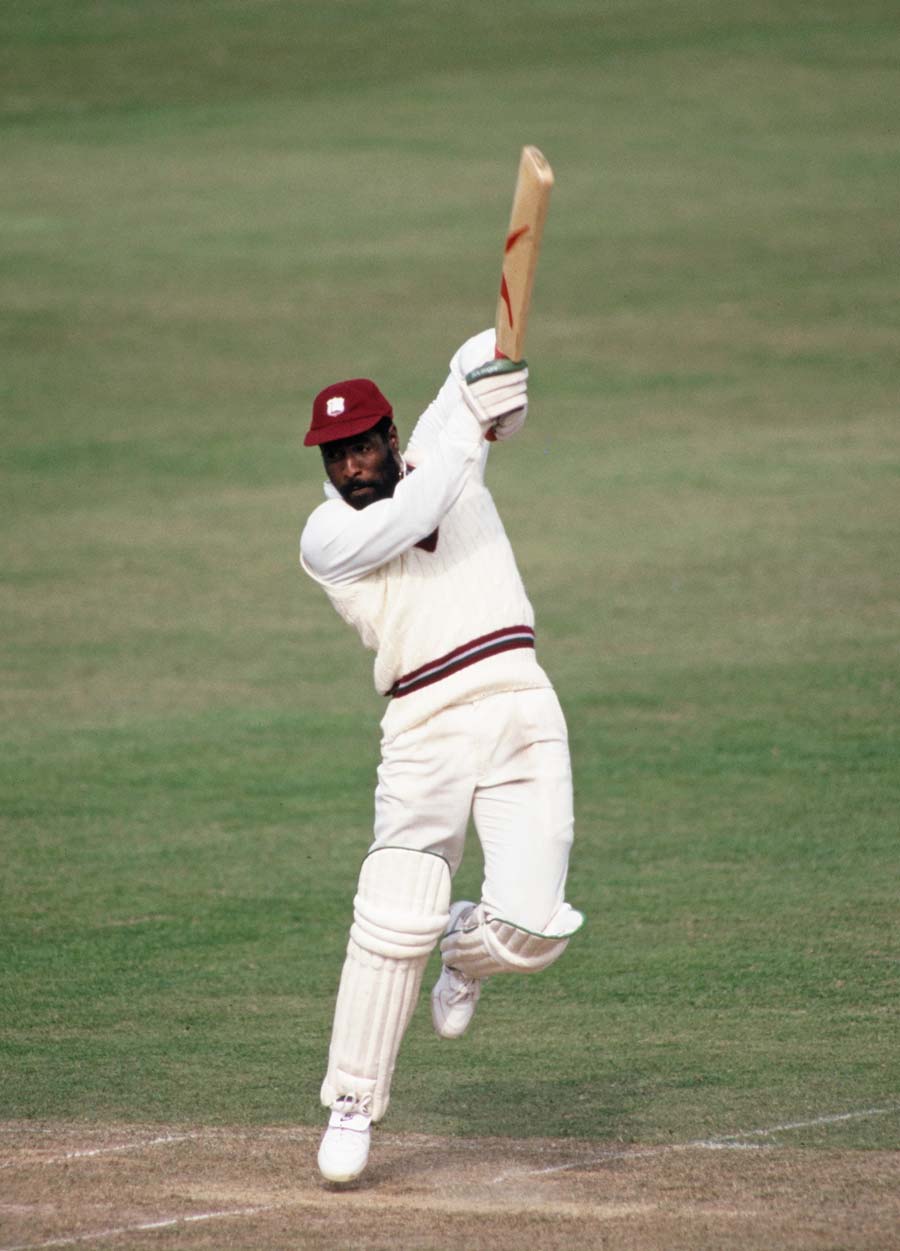
Vivian Richards (West Indies): To paraphrase Mike Tyson, every bowler has a plan until they get smashed by Vivian Richards. Across three World Cups, Richards not only took the competition to new heights but also set the gold standard for explosive batting in limited overs cricket. His tally of 1,013 runs at an average of 63 were instrumental in the West Indies sweeping the first two World Cups in 1975 and 1979, even though more disappointing campaigns followed in the ’80s. In the first of those two finals, Richards’s enigmatic presence on the field produced three run-outs against Australia. Four years later, Richards was unrelenting against England, en route to 138 not out versus Ian Botham and Co.
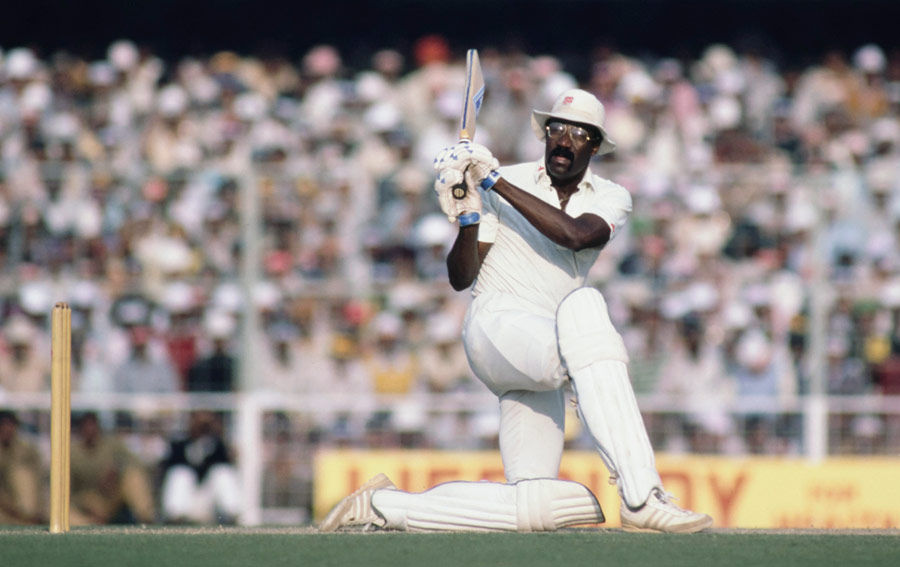
Clive Lloyd (West Indies): Lloyd took up the reins of the West Indies team in 1974 and over the next decade transformed it into the most dominant team in the world, which included being the captain of the world champions in ’75 and ’79. Lloyd led from the front with his unflappable charisma, ensuring his team feared nobody in an era marred by racism and xenophobia. Undefeated through the first two World Cup campaigns, Lloyd’s batting prowess saw him average 43.67 alongside being a towering presence on the field due to his innate ability to read the game. Lloyd’s remarkable 102 against a formidable Australian bowling attack in the ’75 final not only shaped the destiny of West Indian cricket, but also drew attention to a competition that many felt was nothing more than a fad at the time
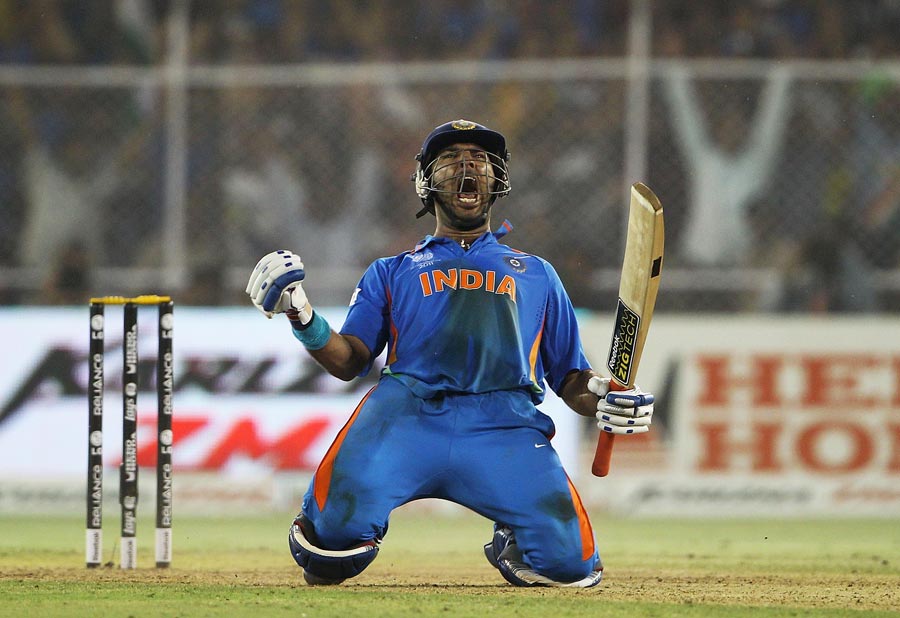
Yuvraj Singh (India): The architect of arguably the greatest individual campaign in World Cup history, there would have been no World Cup glory for India in 2011 had there been no Yuvraj. Already established as one of the game’s leading all-rounders by then, Yuvraj redeemed himself from a lack-lustre showing in the Caribbean in 2007 by turning on the style on home soil four years later. The bulk of his 738 runs and 20 wickets at World Cups came in 2011, where his batting average touched 90! Having become the first player to grab a five-wicket haul and a 50 in the same World Cup match, not even the early symptoms of cancer could hold Yuvraj back from becoming the Player of the Tournament in 2011, as India reclaimed the World Cup after 28 years
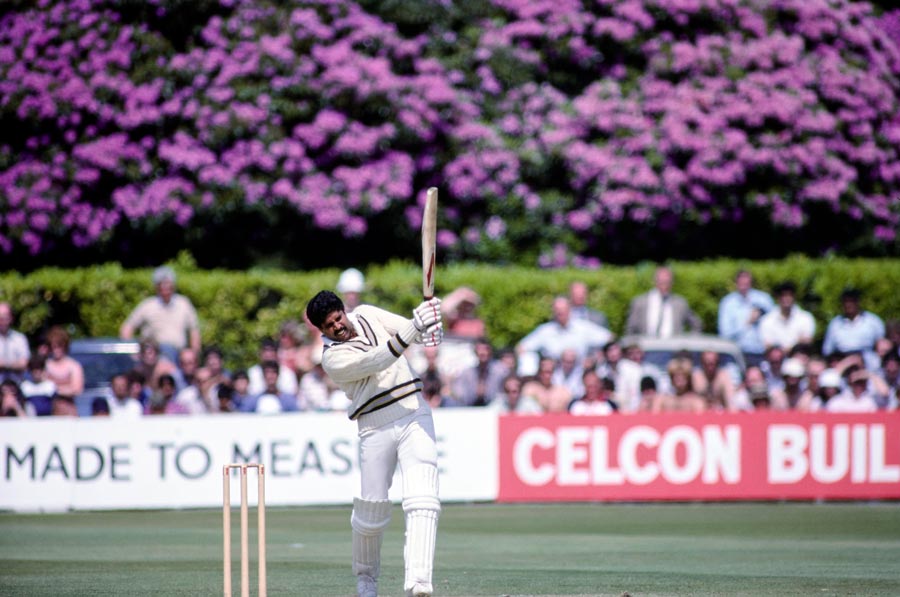
Kapil Dev (India): For the man who helped write Indian cricket’s ultimate fairytale on the ultimate stage in 1983, a young Kapil Dev’s belief and grit are as important a part of his World Cup legacy as his 669 runs and 28 wickets. Walking into the tournament as severe underperformers over the previous two editions, India were far from favourites in ’83. And yet, Kapil’s Devils dared to dream. Scoring over 300 runs at an average of 60, with 12 wickets to boot, Kapil was indispensable for India. There was a career-altering 175 against Zimbabwe to keep India in the competition, but there was also a match-altering catch to dismiss Vivian Richards in the final. In other words, both the World Cup trophy and the tournament had Kapil’s fingerprints all over them in ’83, which Kapil followed up by being a semi-finalist in the sub-continent in ’87
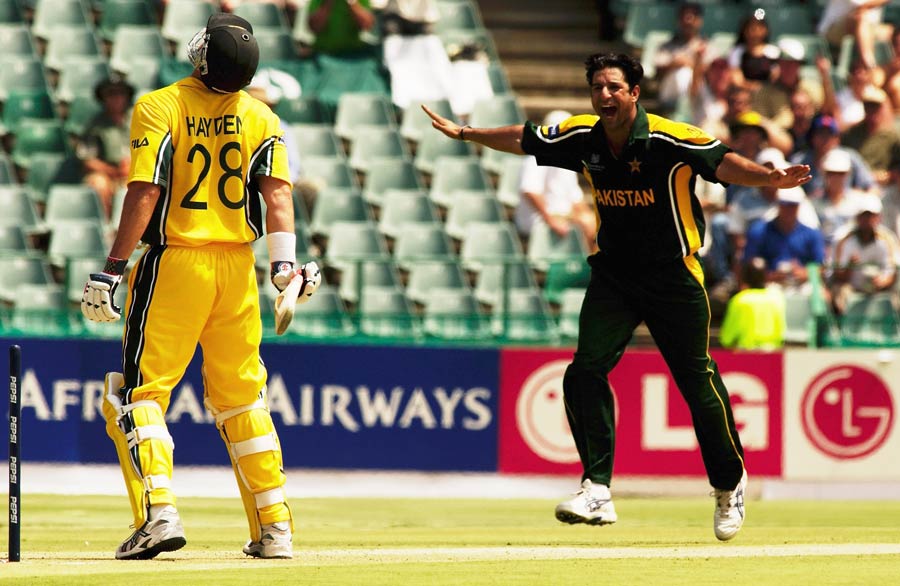
Wasim Akram (Pakistan): It is a testament to Akram’s genius that two balls from the 1992 final against England are enough to seal his place in this lineup. Those two beauties to Allan Lamb and Chris Lewis have been replayed endlessly and were the reason Pakistan became world champions in 1992. But Akram also took 53 World Cup wickets besides those two and was more than handy with the bat at the death. With a skillset to make the surest of batters wobbly on any given surface, Akram’s 1992 zenith led to an indifferent outing in 1996, when, as skipper, he was wrongfully blamed for Pakistan’s quarter-final exit even though he did not play in the match concerned! Better campaigns in 1999 and 2003 followed, but that evening in Melbourne in 1992 remained peak Akram

Shane Warne (Australia): The game’s most magical spinner only played in two World Cups in 1996 and 1999, before a failed doping test ended his World Cup career prematurely. In the ’96 semi-final against the Windies, Australia were all but out of the match at 15 for four, before somehow managing to accrue 207 on the board. In what should have been an easy target to chase, Warne made sure he owned the Mohali pitch with the first of his three iconic four-wicket hauls at the World Cup, leading Australia to the final. Three years later in England, Warne's genius shone through again when he bagged the two other four-wicket hauls against South Africa and Pakistan in the semi-final and final, respectively, bringing home Australia’s first World Cup since 1987
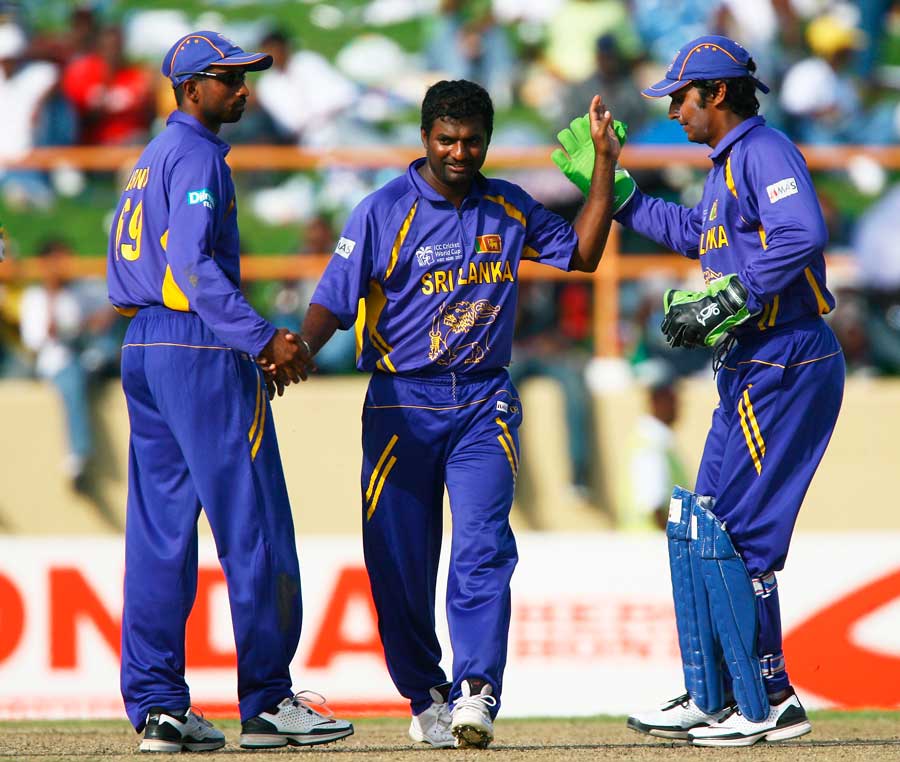
Muttiah Muralitharan (Sri Lanka): Just prior to his first World Cup in 1996, Muralitharan’s bowling action was subject to intense scrutiny, with the spinner only given clearance following numerous tests. But Murali proved to be the joker in the Sri Lankan pack, with his bag of tricks too much for opposition batters to handle, as the Lankans crowned their greatest sporting achievement by becoming champions. Overall, Muralitharan’s 68 wickets are the second-most in World Cup history, with 23 of them coming in 2007 alone, including back-to-back four-wicket hauls that took Sri Lanka to the final. In 2011, Murali and his country were back in the final, this time against India, but a fitting farewell proved a step too far even for the most decorated bowler in the sport
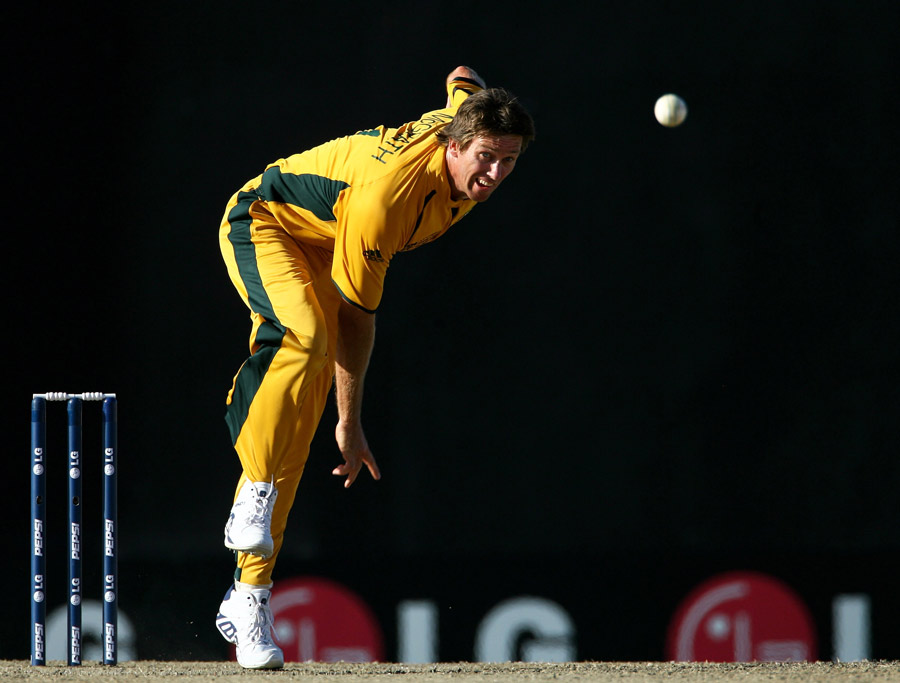
Glenn McGrath (Australia): With 71 wickets, McGrath remains the World Cup’s most successful bowler, even though he hung his boots after completing a hat-trick of championships with Australia back in 2007. After a modest start to his World Cup story in 1996, McGrath’s unmatched control over line and length saw him rip through the best of batting lineups over the next three editions. Discipline had never been so devastating. At the age of 37, when most fast bowlers have long left their prime, McGrath produced a 27-wicket campaign in the Caribbean. Just like his place in this team, the man of the tournament award in 2007 was never up for debate



